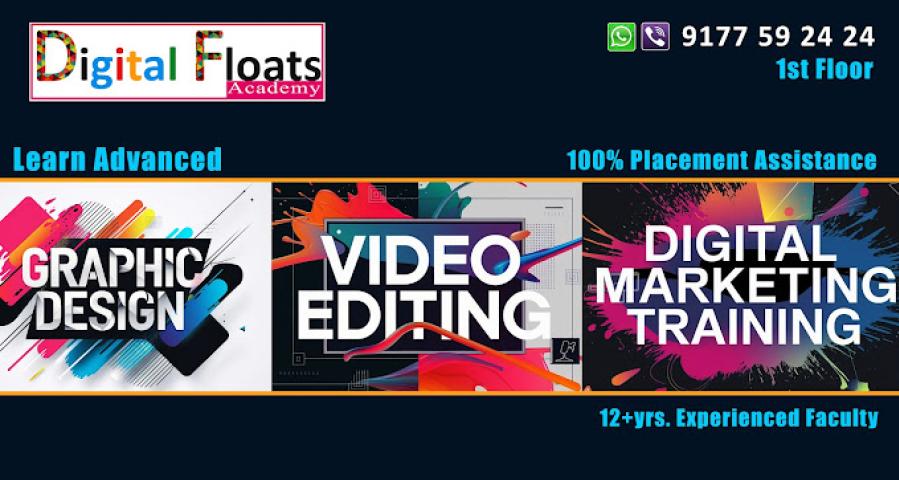In the ever-evolving landscape of digital marketing, email marketing remains a powerful and cost-effective tool for businesses of all sizes. With the right strategies, tools, and best practices, you can build and maintain strong relationships with your audience, drive engagement, and boost your ROI. This ultimate guide will walk you through everything you need to know to master email marketing.
Why Email Marketing?
Before diving into the strategies and tools, let's first understand why email marketing is so valuable:
- Direct Communication: Email allows you to communicate directly with your audience, delivering your message straight to their inbox.
- High ROI: According to the Data & Marketing Association, email marketing has an average ROI of $42 for every $1 spent.
- Personalization: With email marketing, you can create personalized messages that cater to the individual needs and preferences of your subscribers.
- Measurable Results: Email marketing platforms provide detailed analytics, allowing you to track the success of your campaigns and make data-driven decisions.
Strategies for Successful Email Marketing
To create effective email marketing campaigns, consider the following strategies:
1. Build a Quality Email List
Your email list is the foundation of your email marketing efforts. Focus on building a high-quality list of engaged subscribers. Use sign-up forms on your website, offer valuable incentives (like eBooks or discounts), and ensure compliance with data protection regulations (e.g., GDPR).
2. Segment Your Audience
Segmenting your email list allows you to send targeted messages to different groups of subscribers based on their interests, behaviors, or demographics. This increases the relevance of your emails and improves engagement rates. Common segmentation criteria include:
- Demographic information (age, gender, location)
- Purchase history
- Email engagement history
- Website behavior
3. Craft Compelling Subject Lines
The subject line is the first thing your subscribers see, and it plays a crucial role in whether they open your email. Make your subject lines concise, clear, and enticing. Use personalization and urgency when appropriate, and avoid spammy language.
4. Personalize Your Emails
Personalization goes beyond using the recipient's name. Tailor your content to the individual preferences and behaviors of your subscribers. Use dynamic content to show different products or offers based on the recipient's previous interactions with your brand.
5. Optimize for Mobile
With a significant portion of emails being opened on mobile devices, it's essential to ensure your emails are mobile-friendly. Use responsive design, keep your content concise, and use larger fonts and buttons for easy tapping.
6. Test and Optimize
Regularly test different elements of your emails (subject lines, content, images, CTAs) to see what resonates best with your audience. A/B testing allows you to make data-driven decisions and continually optimize your campaigns for better performance.
Essential Tools for Email Marketing
Several tools can help streamline your email marketing efforts and enhance your campaigns:
1. Email Marketing Platforms
Popular email marketing platforms like Mailchimp, Constant Contact, and Sendinblue offer a range of features, including email templates, automation, segmentation, and analytics.
2. Customer Relationship Management (CRM) Systems
Integrating your email marketing with a CRM system (like HubSpot or Salesforce) allows you to manage and analyze customer interactions and data throughout the customer lifecycle.
3. Design Tools
Tools like Canva and Adobe Spark can help you create visually appealing email designs and graphics, even if you don't have a design background.
4. Analytics and Reporting
Analytics tools provided by email marketing platforms, as well as Google Analytics, help you track key metrics like open rates, click-through rates, and conversions, enabling you to measure the success of your campaigns.
Best Practices for Email Marketing
To maximize the effectiveness of your email marketing, follow these best practices:
1. Obtain Explicit Consent
Ensure that your subscribers have explicitly opted in to receive your emails. This helps maintain a high-quality list and reduces the risk of your emails being marked as spam.
2. Maintain a Consistent Schedule
Consistency is key in email marketing. Decide on a regular schedule (e.g., weekly, bi-weekly, monthly) and stick to it. This helps build trust and keeps your audience engaged.
3. Provide Value
Every email you send should provide value to your subscribers. Whether it's useful information, exclusive offers, or entertaining content, make sure your emails are worth their time.
4. Monitor Deliverability
Regularly clean your email list to remove inactive or invalid email addresses. Use tools to monitor your email deliverability and ensure your emails land in the inbox rather than the spam folder.
5. Comply with Regulations
Stay compliant with email marketing regulations like GDPR, CAN-SPAM, and CASL. Include clear opt-out options in your emails and respect your subscribers' privacy.
Conclusion
Email marketing is a powerful tool in the digital marketer's arsenal. By building a quality email list, segmenting your audience, personalizing your content, and using the right tools, you can create impactful email campaigns that drive engagement and deliver impressive ROI. Remember to continually test, optimize, and adhere to best practices to stay ahead in the ever-evolving landscape of email marketing. Happy emailing!




